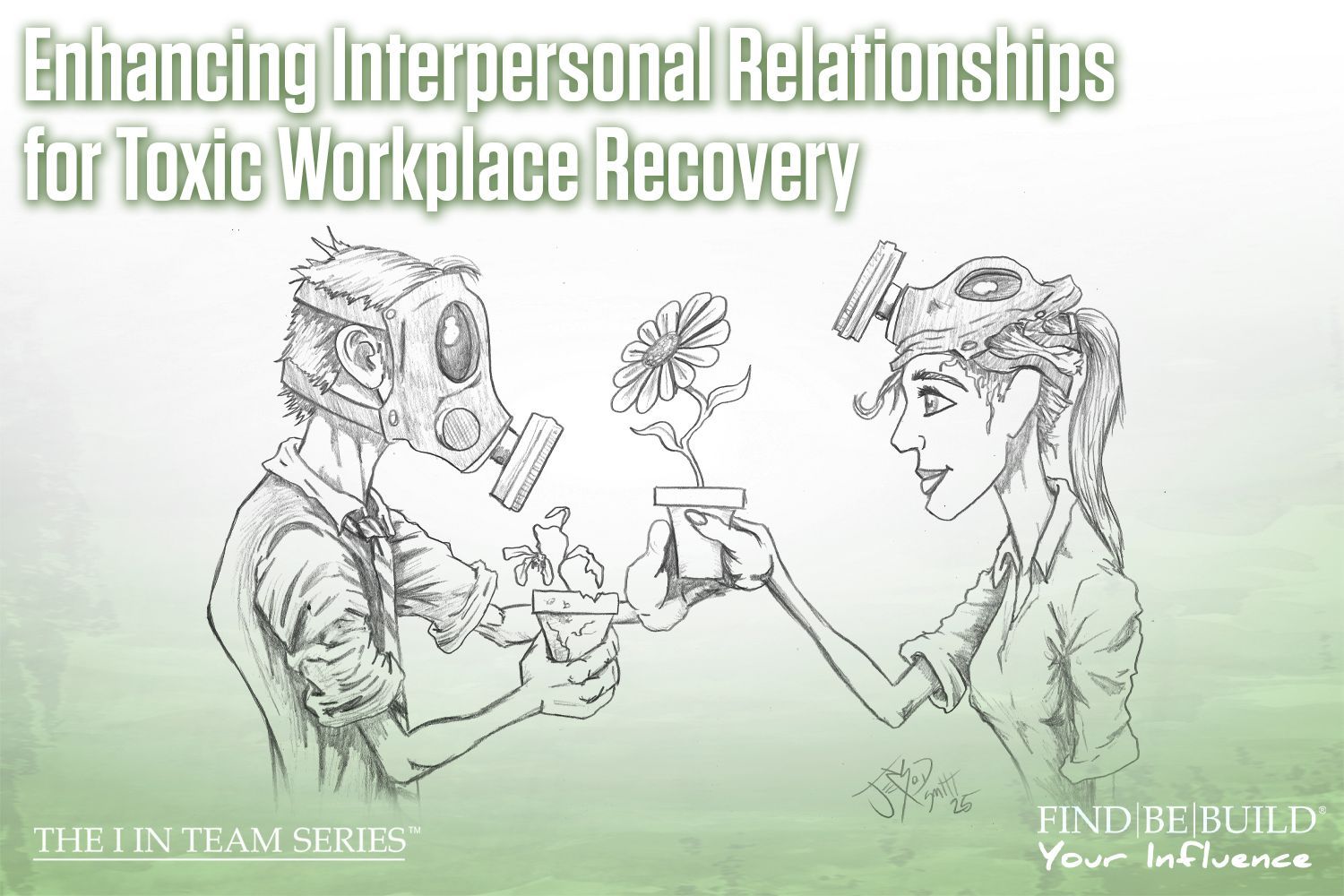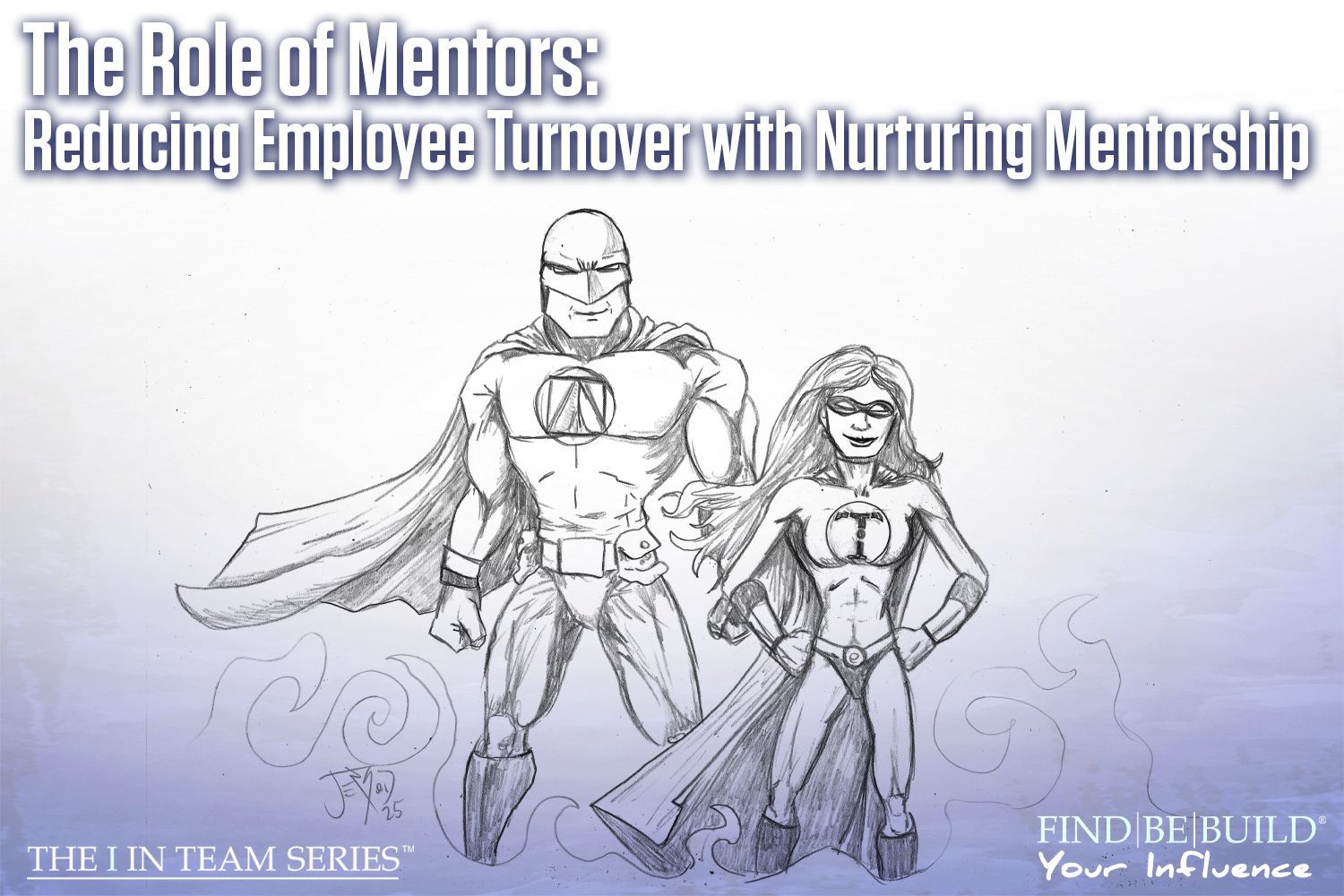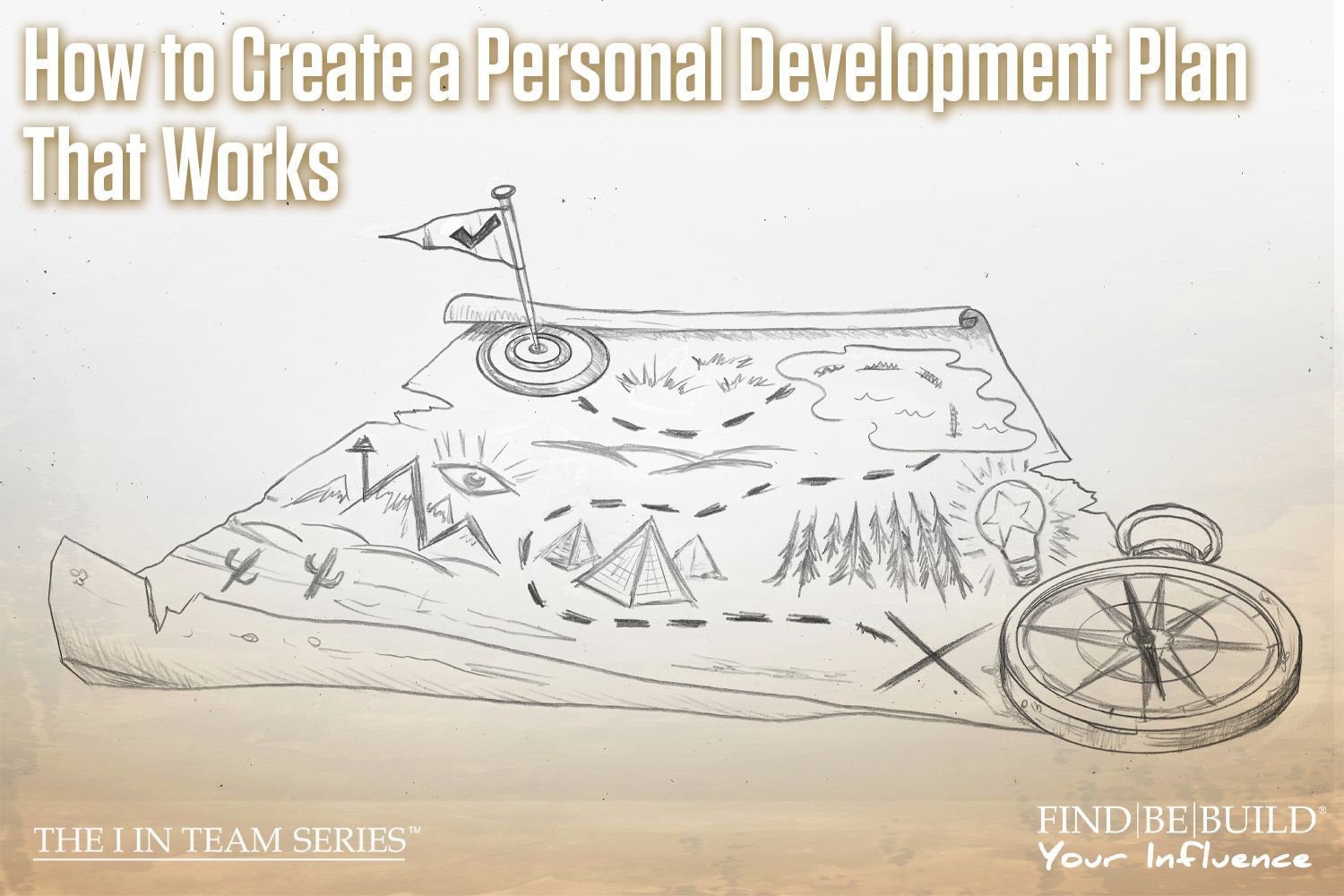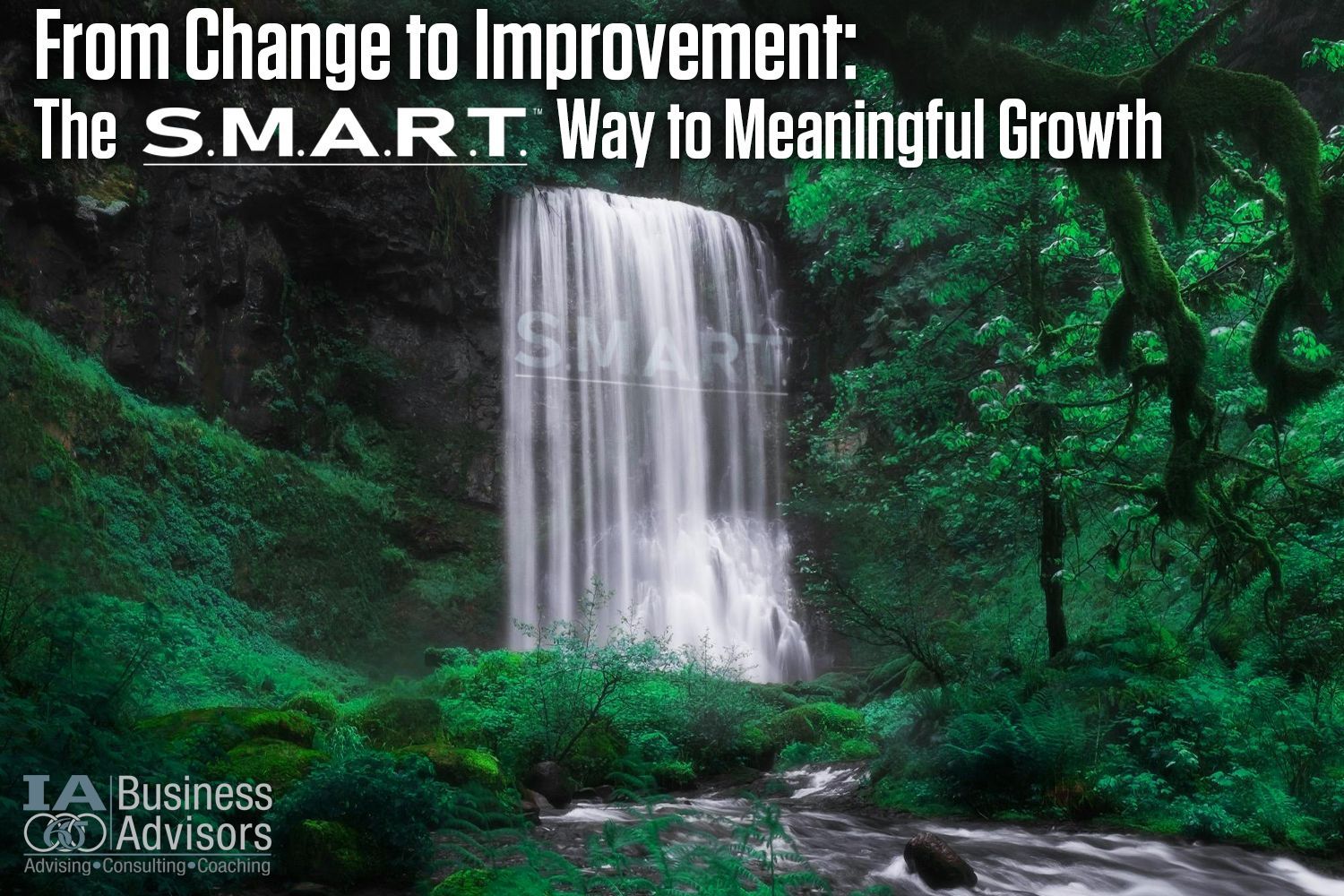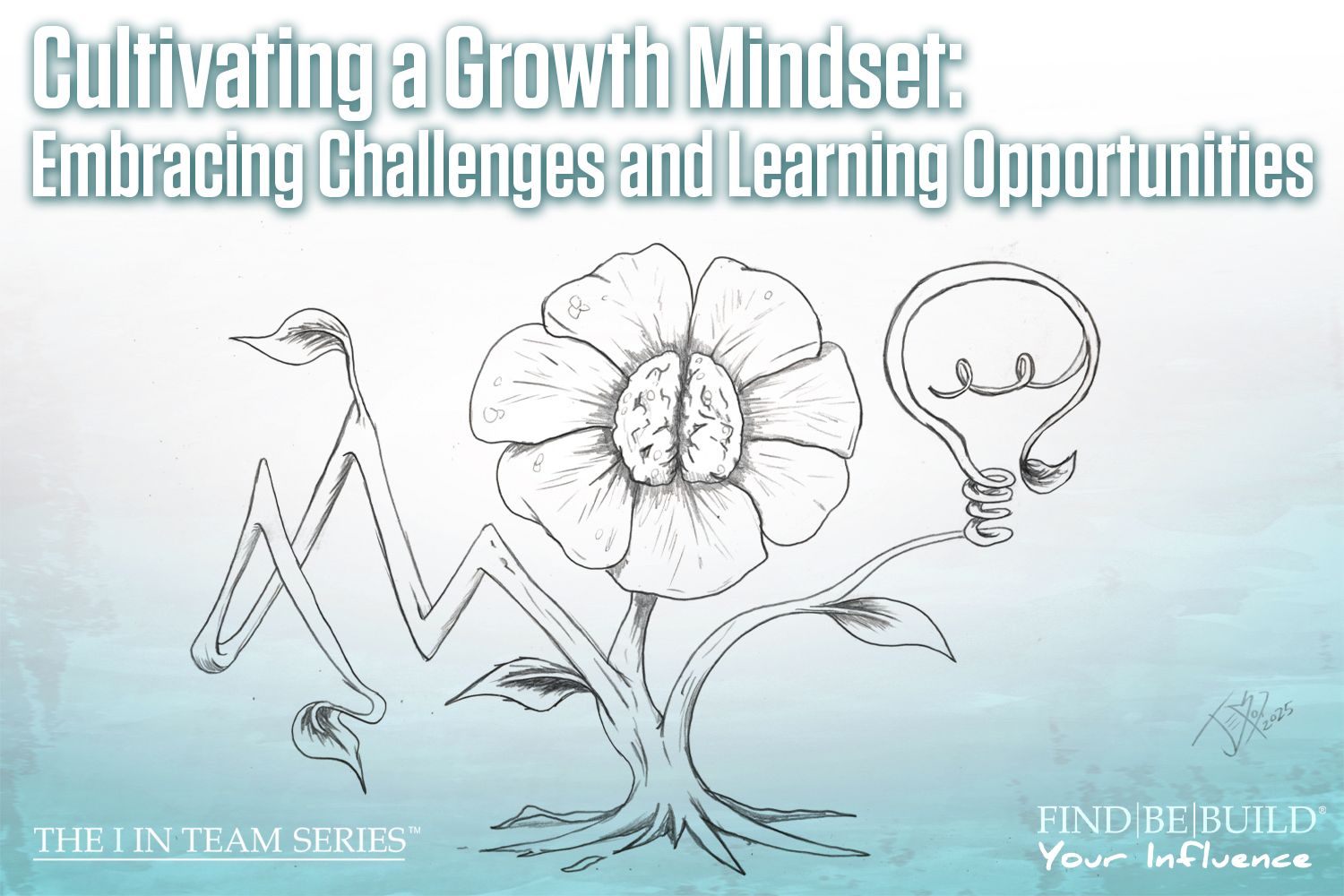Spring Cleaning Your Routines: 10 Morning and Evening Routines That Will Help You Win the Day
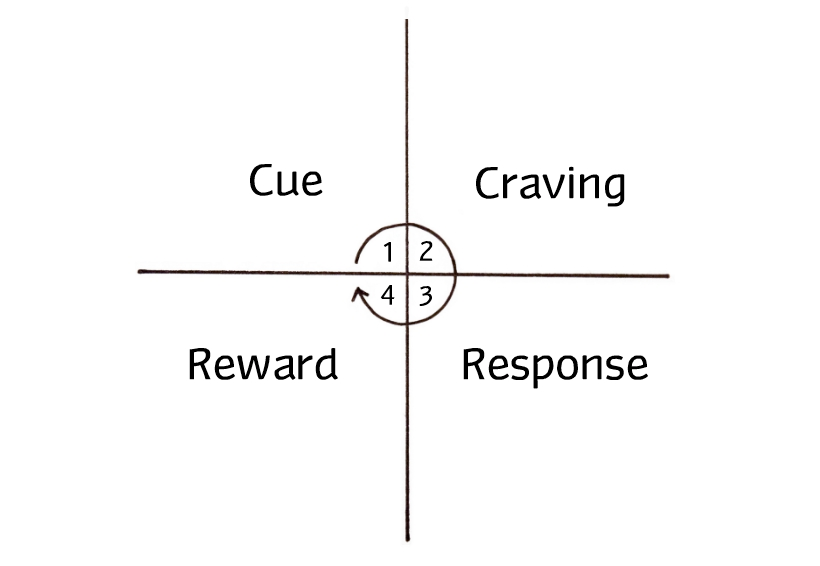
Business consulting routines
By: Billy Banks
It’s a new quarter. The days are getting longer. April showers are soon to turn into May flowers. And yet, you just hit the snooze button for the third day running. Now, instead of easing through the morning, you have twenty minutes to wolf down breakfast, throw on some clothes, and get settled at your desk for the first of several back-to-back Zoom calls. It’s not even 8am and you’re already feeling overwhelmed and playing from behind. To top it off, you’re also feeling burnt out because you know that the stack of To Dos in front of you is now going to stretch into the weekend.
You’ve tried going to bed earlier. You’ve tried squeezing in a workout over your lunch break. You’ve tried the Pomodoro technique, time blocking, bullet journaling, inbox zero. Nothing has worked. Nothing has stuck for more than a few weeks. Tops. Why? Because these solutions are merely hacks on a system that has gone haywire. It’s time to try doing something new; to build on top of something that you can anchor to – it’s time to build a routine.
“Routine, in an intelligent man, is a sign of ambition.” – W.H. Auden
Having a morning and evening routine sets you up for success. They help you to automate certain tasks, help you to think and plan better, and enable you to get more done with less effort. By doing so, you’ll get the important stuff checked off timely and have a chance to enjoy more time during your week ahead. Building a routine requires discipline. It takes deliberate effort to show up, keep pushing and build the muscle. And the very act of repeatedly showing up helps sharpen the saw. As you continue to show up, you can add other skills to your routine to boost your productivity and mental health. But before we dive into that, let’s step back and delve into the world of routines and take a look at why they are important.
What are Routines?
A routine is a series of actions that you do repeatedly. Often, these actions occur on a subconscious level, without you being fully aware of them. For example, in the evenings, some of us brush our teeth, wash our faces, change into our pajamas, and get into bed. That’s a routine. Waking up at 5am to work out, then shower, and eat breakfast is an example of a morning routine. Waking up, scrolling through our social media feeds, walking the dog, and then grabbing a cup of coffee as we head out the door, is another example of a morning routine. Routines are, simply put, a series of actions that you repeat in your life at regular time intervals. A routine can be a collection of actions that you do daily or weekly, monthly or annually – if you do it time and again, it’s a routine. In and of themselves, routines are neither good nor bad. They are merely habitual actions that occur in a given timeframe. To level up, we should practice becoming aware of our routines, bringing them forward into our conscious mind, and then by adding positive actions, we can make them powerful.
Thyla Twarp, author of The Creative Habit , writes about one of the secrets of her success.
“I begin each day of my life with a ritual,” she writes. “I wake up at 5:30 A.M., put on my workout clothes, my leg warmers, my sweatshirts, and my hat. I walk outside my Manhattan home, hail a taxi, and tell the driver to take me to the Pumping Iron gym at 91st street and First Avenue, where I work out for two hours.
It’s a simple act, but doing it the same way each morning habitualizes it—makes it repeatable, easy to do. It reduces the chance that I would skip it or do it differently. It is one more item in my arsenal of routines, and one less thing to think about.”
The key here is that Thyla makes her actions repeatable. She follows the same series of steps every morning. It becomes automatic. It puts her in an optimal state of mind to start the day. As James Clear says, “The key to any good ritual is that it removes the need to make a decision: What should I do first? When should I do this? How should I do this? Most people never get moving because they can’t decide how to get started. Having a ritual takes that burden off your shoulders.”
If you listen to Tim Ferriss or any other podcast that discusses the habits of successful people, almost all of them will cite their morning and evening routines as keys to their success. Whether it’s a single act or a series of steps, the ritual of repeated behaviors provides the cue to their brains that it’s time to either power up or power down. And anyone experienced in creating routines will also tell you that it took them a lot of experimentation to figure out what works best for them and that once they locked it in, success tended to follow.
How do Routines Work?
Our brains are information filtering machines. We cannot possibly absorb all of the inputs that are fed into our brains on a daily basis. To overcome this overload, our brains create shortcuts. Often these shortcuts become habits. It’s like putting our brain on autopilot so we can perform other tasks. Think of the last time you drove home from the store. You’ve done it so many times, you don’t have to think about it. Next thing you know, you are pulling into your garage. If someone asked you about what you saw – the cars you passed, how many lights were red, you’d most likely be stumped. You were on autopilot. Building routines harnesses the power of habit formation to remove decision fatigue and put us in an automatic state saving some of our time and energy for more important things.
According to James Clear in his book Atomic Habits , habit formation works like this:
First, there is a cue . Our brain is continually surveying your internal and external environment for hints about where potential rewards may be lurking. Cues trigger our brain to initiate a behavior to seek out that reward – it could be triggered by a smell, an image, a sound. For me, when I hear my alarm clock, I know it’s time to get up, go downstairs, and workout.
Second, the craving . This is the motivation behind each one of your habits. Every craving is linked to a desire to change your internal state – to seek out and obtain the feeling that it delivers. Like the flooding of dopamine following a workout, a massage, or having sex. In this case, I crave the feeling of getting my blood pumping and listening to music to start my day.
Next, the response . This is the actual habit or action you perform. Its successful occurrence is a function of the friction between craving and doing and your ability to actually do the task at hand. While I desire to workout, I’ve learned that to make it easier, I plan ahead by putting my workout clothes, headphones, and glass of water in the basement where I exercise. No other decisions are required. Just go.
Lastly, the reward . This is the end goal of every habit. The dopamine hit. The endorphins. The satisfaction or conversely, the lessening of stress or anxiety. After working out, I’m awake. I feel invigorated and ready to tackle the day.
If your behavior is insufficient in any of these four stages, it won’t become a habit. Eliminate the cue and your habit won’t start. Reduce the craving and you lessen the motivation to act. Increase the friction and you won’t be able to do it. And if the reward doesn’t satisfy like a Snickers ® bar, then you’ll have no reason to try it again in the future. As James Clear said, “without the first three steps, a behavior will not occur. Without all four, a behavior will not be repeated.”
To learn more about habit formation, I strongly encourage you to read Atomic Habits by James Clear. Until then, we can take what we’ve discussed here and explore different routines that you can add to your evenings and/or mornings to set yourself up to win the day.
5 Evening Routines That Will Help You Win the Next Day
Morning routines are powerful and where most of us start. But I’m going to argue that if you truly want to win the day, it starts the night before. It’s an opportunity to calm your mind and set yourself up for the next day. And equally important, it helps set you up for a better night’s sleep. Here are some evening routines you can explore to improve your sleep and prepare for tomorrow.
-
Reflect on the day
Too often, we only focus on what we still have left to do. This creates anxiety and causes our minds to race. But here’s a chance to rewrite the script. To end the day on a positive note by reflecting on what you did do. By reviewing what went well, it lowers our stress levels and gives us a greater sense of calm at night.
There are a variety of ways to do this. You can hand write them in a journal or keep a log in a digital format. I use the following prompts and it typically takes me about 5-minutes each night to reflect on the day as it comes to a close:
- What went well today?
- What did I learn today?
- What can I change or do better tomorrow?
Another great way to put yourself in the right state of mind is to write down things that you are grateful for. Your routine might include expressing gratitude for one thing, or it might involve multiple expressions of gratitude. Whether you write one, or five, if you take the time to record these thoughts regularly, it will become a routine.
-
Prepare for the next day
Dwight Eisenhower is noted for saying, “In preparing for battle I have always found that plans are useless, but planning is indispensable.” In other words, having a plan ahead of time allows you to be better prepared for when things change. Better yet, when you take time to plan your next day, you know exactly what you need to do first and can prioritize accordingly.
Also known as eating the frog , you identify your most important tasks and then block out the time needed to do those first. By attacking these items before the distractions and interruptions of the day start to pile up, you can save yourself headaches later on. An added benefit of doing this the night before is that you prime your subconscious for action while you sleep. When you wake up the next morning, you’ll find that you wake up with new ideas about how to tackle the problem or task at hand.
Write down your three most important tasks to complete the next day. Schedule them in your calendar being sure to protect the first item. By focusing on these three items, you will find you get more done and can handle the distractions that are inherent in our busy world.
-
Read a book
When it comes to sleep, the blue light emitted by all of our favorite technological devices can wreak havoc. It’s good practice to turn those screens off at least 30-60 minutes before going to bed. Instead of scrolling, which only activates our brains, I recommend reading some fiction. Reading a book is a great way to power down and immerse yourself in the world of story. It also enhances your vocabulary and creativity and may help to unlock insights in your subconscious while you sleep.
-
Automate decisions
The key here is to minimize the decisions you need to make during the morning hours. Think of every decision you need to make in the morning – what to wear, whether you need an umbrella, what you will eat for lunch – as things that take both time and energy. By doing some advanced planning the night before, you save on both which gives you back that energy and time for other tasks.
Here’s a list of things that you can do the night before that will help set you up for an efficient tomorrow: Lay out the clothes that you’re going to wear. Pack your gym bag. Make your lunch. Prep the coffeemaker. Pack your work bag with everything you’ll need. If you have kids, help teach them to plan ahead by picking out their outfits and preparing their backpacks so that everyone can get out of the house without frantically running around.
-
Go to bed at the same time
The final key to a successful evening routine is going to bed at the same time. Every night. This action primes your brain for relaxation and makes falling asleep much easier. Waking up at the same time each morning is the critical second piece. In time, you’ll find you don’t need an alarm clock. Your body finds its own rhythm based on your consistency.
In addition to going to bed at the same time every night, keep screens out of your bedroom. When you read, do it in another room so that your brain associates the bed with sleeping. Make sure your room is as dark as possible, even a small amount of light can prove to be disruptive. Finally, experts agree that you get better, higher quality sleep in a cooler environment. Ideally, your bedroom temperature should be between 62-66°F.
5 Morning Routines That Will Help You Win Today
Depending on what you want to accomplish, there’s a wide variety of things you can do as part of your morning routine. You shouldn’t attempt to do them all and should remember that what works for one person doesn’t necessarily mean it will work for you. The key is to experiment in order to find a routine that works for you. I’ve tried and cycled through a lot of them. Here are the ones that have stuck for me.
-
Wake up early
When I was younger, I was a night owl. As I got older and especially once I had kids, this no longer worked. What did work was waking up before the rest of my household and using that time to execute my routine and start my day. Sitting down at my desk, flicking on my mood lamp, all the while, the rest of the house and much of the world still sound asleep, sawing logs. I am always amazed by how much I can get done when the world around me is quiet.
How you choose to use this time is up to you. My advice is to put the oxygen mask on yourself first. Use the time to help nurture your soul. Whether you decide to journal, meditate, exercise, go for a walk, set your intentions for the day, the time is yours. For others, this may be the ideal time to knock out your emails so you can be focused and present for your meetings and other work. For others, this may be the time to do your most creatively challenging work – writing that article, working on that presentation – when your mind is most focused and distractions are near zero, you may find that this style of productivity puts your mind at ease.
However you choose to spend your time, the one thing you are sure to find is the satisfaction of taking advantage of this time to put a major boost in your productivity. You will start the day with a sense of accomplishment, without feeling rushed, and with a growing readiness to tackle whatever the day sends your way.
-
Meditate or breathing exercises
I’ll admit, this one took me awhile to fully adopt. Lots of fits and starts. I tried a number of different techniques and tools. What I eventually learned is that taking as little as 5-10 minutes to either meditate or focus on my breathing is an excellent transition from sleep to my next morning routine activity – journaling. What changed things for me was guided meditation. The sound of someone else’s voice guiding me through the practice and helping me when I got distracted helped this activity become habit.
I recommend trying an app versus doing it solo. Headspace, Calm, Waking Up and Peloton (amongst others) all offer a variety of guided meditations with different interval lengths. Find the style and format that suits you best. Start small – just 5 minutes – and then, over time, increase your time to 10 minutes, and then add more if it fits your schedule. If you are interested in learning about different breathing techniques, I highly recommend the book Breath: The New Science of a Lost Art , by James Nestor.
For me, meditation is like priming. When I open my eyes up at the end of my meditation time, I feel ready to begin my next activity – journaling.
-
Journal
Now that I’m awake and primed from my morning meditation, I am ready to open my journal. Once here, there are a few things I like to do. Sometimes, I do a brain dump, writing down thoughts as they pass through my mind. This strategy is especially useful and appealing when there is something vexing me or giving me undue worry. The act of getting it all out of my head and onto the paper in front of me helps me see new ways of dealing with or solving the underlying issue.
Goals. By planning your day the night before, your brain was working while you slept. Rewriting my goals once morning is upon me activates this activity and from time to time, leads to a breakthrough – a new way of seeing something that I hadn’t considered before.
Other times, I will practice gratitude by writing down three things that I am grateful for. Research continues to expound on the science and benefits of gratitude. Studies have shown the benefits of expressing gratitude have wide-ranging effects, from improving relationships and emotional health, to benefitting your sleep, mental energy levels, and overall happiness.
-
Exercise
Get moving. We all know the benefits of exercise, especially starting our day with it. Exercising in the morning increases blood flow, releases endorphins, and boosts your metabolism. It gets you ready and primed for the coming day, increases your overall energy levels, helps you sleep, and keeps you healthy.
The best part, you don’t need to have a “go big or go home” mentality. If you can’t make it to a gym, you can go for a walk, or do some light yoga or stretching, or go on YouTube to find all kinds of home workouts that help you start your day. It’s better to get 10-15 minutes of heart-healthy exercise in the morning than nothing all day.
Another great benefit of working out early is that you’re more likely to eat a healthy breakfast and stay active throughout the day. Which leads to the final item on the list.
-
Eat a good breakfast
Now that you’ve worked out, your body wants to stay on that high so what you put into it afterwards really matters. That means your first meal of the day should be rich with nutrients like protein and carbs. These help with muscle recovery and with replacing their glycogen stores or energy.
The best things to eat, preferably within an hour or two of exercising:
- Eggs (either scramble with veggies or make some hard-boiled eggs the night before)
- Greek yogurt and berries
- Protein pancakes (great if you have kids!)
- Complex carbs (oatmeal, whole grain toast)
These nutrient dense foods will give you energy, and they will also fill you up so you’re less likely to snack later. Instead of food cravings or energy sinks, you are now ready to tackle the day with a newfound clarity and focus.
Bringing it home
Many of us live our lives in reactive mode. We wake up, hit the snooze button or grab our phones and start scrolling. We’ve ceded our attention and focus to someone else’s agenda. As a result, we feel rushed and busy before we’ve even started our day. We rush to get ready, and at times, barely even acknowledge our loved ones as we race out the door or down to our home office.
Our whole day is reflective of the way in which we start it. The whole purpose of setting up winning routines for your evenings and mornings is to get out of survival mode. To get back into the driver’s seat and to begin doing the things we say we want to do but don’t have the time for.
The above are merely suggestions. Use some, or none, or all of them. Find what works for you. Experiment. The key is picking a few things that work for you and then being consistent. Consistency is what lets those efforts compound. As they compound, the activities become automatic.
Take advantage of the arrival of spring. Give yourself the space in the evenings and in the mornings to orient yourself and get ready for what lies ahead. Build these powerful routines and watch your efforts compound. Slowly at first, but then, as you shift from reactive to proactive mode, watch as you get more done, are more connected to others, and feel better physically and emotionally. Having routines removes stress and helps you start the day on the right foot.
The post Spring Cleaning Your Routines: 10 Morning and Evening Routines That Will Help You Win the Day appeared first on IA Business Advisors.

